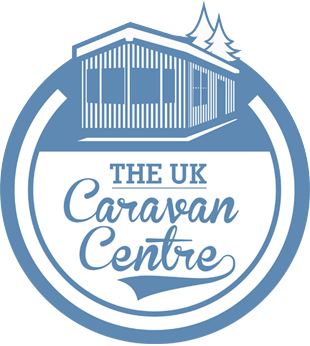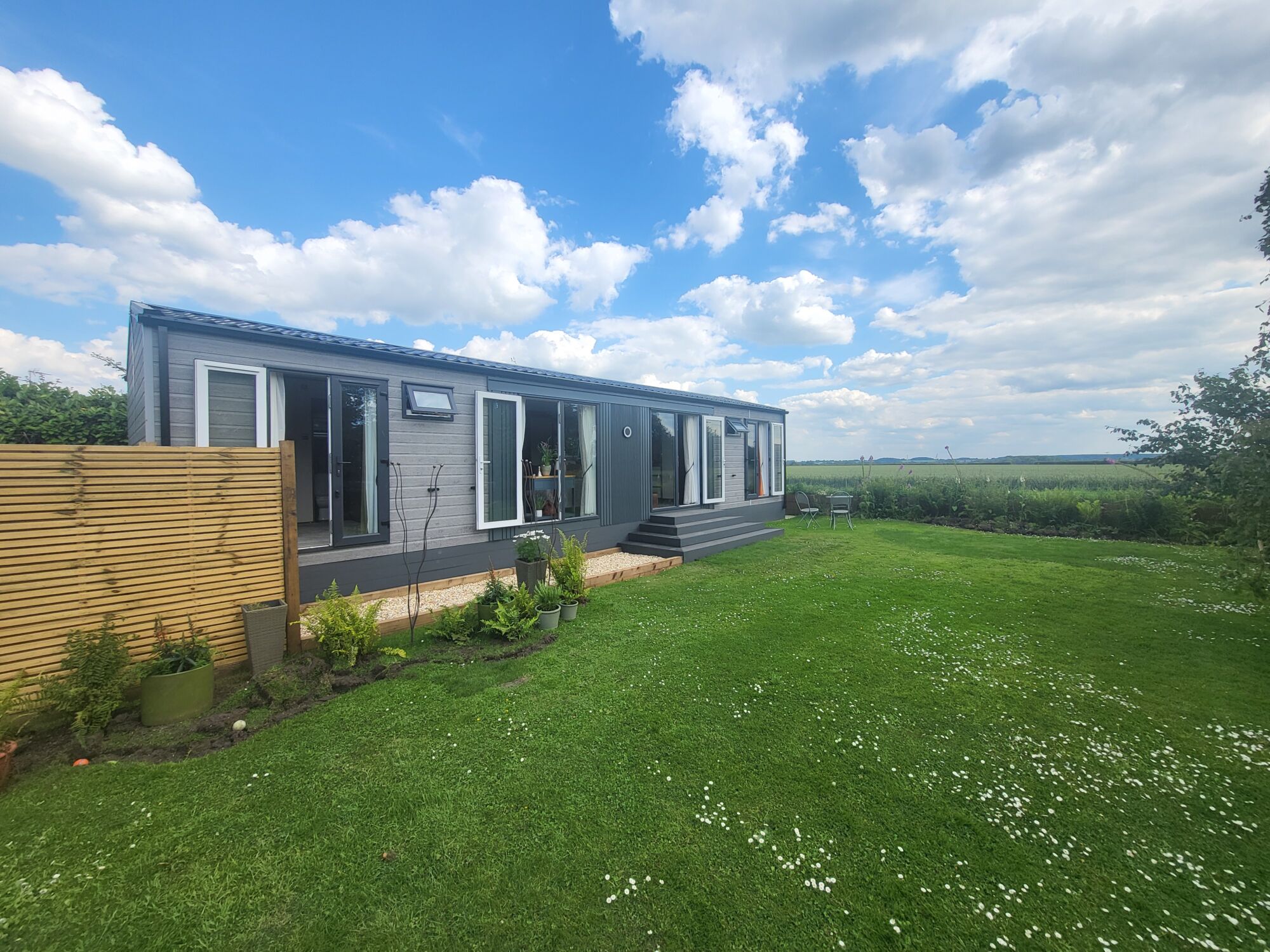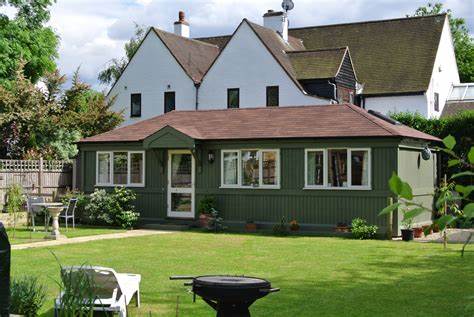Cladding is the material that covers the outside of a holiday home or lodge. If you’re considering buying a new static caravan you’ll have seen the different types of cladding that you can choose from.
But what are the different types of cladding, and how do you pick the right one for you?
Let’s have a look at exactly what cladding does, what different materials you can choose from and which ones might suit you best.
What does static caravan external cladding do?
Cladding is like the skin of your caravan. It has a few important functions.
Firstly, it changes how your home looks. Different styles and colours can really make your caravan pop or blend in, depending on what you want.
It also protects your static caravan from the elements and helps to insulate it.
And cladding makes it easy to keep the outside of your caravan clean, and in good condition.
What are the different types of cladding?
It can seem like there’s a baffling assortment of different types of cladding on the market but, actually, most of them fit into three main categories. Brands use different names, but the basic materials are the same.
They all have pros and cons, from colour choice and scratch resistance to ease of maintenance and energy efficiency.
If you’re buying new, holiday home manufacturers offer different types of cladding on different models. So, if there’s a particular style you’re set on having it’s worth understanding what’s what.
Aluminium static caravan cladding
Aluminium cladding is standard on the majority of models, including the Malton, the Breakaway and the Saffron. It’s sometimes seen as a poor relation to more expensive options like engineered wood cladding, but aluminium cladding has a lot going for it besides just price.
It’s lightweight. It’s recyclable. It has a very long lifespan. There’s a great selection of colours to choose from, so you can style your caravan the way you want. And if you want to change the look of your caravan down the line, you can paint aluminium cladding.
There are a few downsides though. If you want to keep your aluminium cladding looking fresh, you’ll need to clean it regularly. It’s not difficult to do – mild detergent, a soft brush and a hosepipe will work just fine – and we’re only talking once a year, but it’s worth bearing in mind.
Aluminium is also more susceptible to damage than some other cladding options. That’s not to say it’s weak – it’s not at all – but it’s possible to scratch or dent it. Scratches are easy to fix with touch-up paint, but dents can be trickier to sort.
Rigid vinyl static caravan cladding
Rigid vinyl cladding comes as standard on the Dorchester and Saffron Deluxe, and can be added to models like the Silverdale as an upgrade.
It’s made from a polyvinyl chloride (PVC) resin, and it’s sometimes called PVC or thermoplastic cladding.
Rigid vinyl cladding for static caravans is more expensive than aluminium cladding, but it’s not a super costly upgrade and it does have a few important advantages.
Firstly, it’s super low maintenance. Most of the time, normal rainfall will be enough to keep it clean. And if you do need to give it a wash, all you’ll need is a soft brush and a hosepipe. It’s harder to damage than aluminium cladding, and you can still expect a long lifespan. It also comes in a textured finish, which gives your caravan a classy look.
But the main downside is that plastic cladding for static caravans only comes in a limited range of colours, and it’s not really possible to paint. So, if you want to change the style of your holiday home down the line, your options are limited.
CanExel® or engineered wood static caravan cladding
CanExel® is a brand name for engineered wood cladding. There are others, but CanExel® cladding on static caravans is by far the most popular.
You can have it as an upgrade on some holiday home models, like the Vogue Classique. But comes standard on luxury lodges like the Sandringham
Engineered wood, or wood composite, is a mix of real wood and plastic, which gives you many of the advantages of both. It’s extremely tough and long-lasting, and much lower maintenance than real wood. It looks fantastic with a woodgrain effect and is highly resistant to fading, cracking and peeling. It’s energy-efficient, environmentally friendly and comes in a wide range of colours.
So what’s the downside? Well, the big one is that CanExel® cladding on static caravans is expensive. It will need more regular cleaning than rigid vinyl cladding, too.
How do I pick the right static caravan cladding for me?
Picking the right cladding for your holiday home isn’t as simple as figuring out what you like best and going for that one. There are a few important things to bear in mind when you’re choosing.
Firstly, if you’re buying a new, not every model is available with every type of cladding. So, when you’re browsing holiday homes or lodges, remember to check what cladding options you can have.
Some holiday parks have restrictions on what type of cladding you can have, or what colour your static caravan can be. So, you’ll need to check with your park what’s allowed and what’s not before you make a decision.
It’s also worth thinking about what kind of life your caravan is going to have. If you have kids that like to bounce around and drop their bikes and scooters against things, a tougher cladding option might be a good investment. If you know you’re in an area with lots of rain or sunshine, take that into account too.
And think about how much maintenance you’re going to want to do, too. If you have plenty of time then giving your cladding a quick clean once a year might be no issue. If you’re busy and want to make the most of every second of spare time, lower maintenance might be better.
How much does static caravan cladding cost?
Well, there’s the question. And the simple answer is – it depends. Static caravan cladding prices can vary wildly depending on what you’re buying and what cladding you want.
There’s no bad cladding
There are no real bad cladding options for static caravans today – and certainly not any of the ones available on our homes. There are just different options, at different price points, for different people.
And having more choice has to be a good thing, right?
So while it’s worth considering the more practical elements of your cladding – like how much maintenance it needs, or how it will deal with being run into full-pelt by an overexcited child – the most important thing is whether you like the look of it.
Of course, you’ll need to check whether it’s available on the model you want, and if it meets your holiday park’s requirements too.










